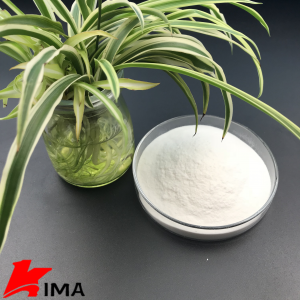Titanium Dioxide
Titanium dioxide (TiO2) is a white pigment widely used in various industries due to its unique properties. Here’s an overview of titanium dioxide, its properties, and its diverse applications:
- Chemical Composition: Titanium dioxide is a naturally occurring oxide of titanium with the chemical formula TiO2. It exists in several crystalline forms, with rutile and anatase being the most common ones. Rutile TiO2 is known for its high refractive index and opacity, while anatase TiO2 exhibits superior photocatalytic activity.
- White Pigment: One of the primary uses of titanium dioxide is as a white pigment in paints, coatings, plastics, and paper. It imparts brightness, opacity, and whiteness to these materials, making them visually appealing and enhancing their coverage and hiding power. Titanium dioxide is preferred over other white pigments due to its excellent light-scattering properties and resistance to discoloration.
- UV Absorber and Sunscreen: Titanium dioxide is widely used as a UV absorber in sunscreens and cosmetic products. It acts as a physical sunscreen by reflecting and scattering UV radiation, thereby protecting the skin from harmful effects such as sunburn, premature aging, and skin cancer. Nanoscale titanium dioxide particles are often employed in sunscreen formulations for their transparency and broad-spectrum UV protection.
- Photocatalyst: Certain forms of titanium dioxide, particularly anatase TiO2, exhibit photocatalytic activity when exposed to ultraviolet light. This property enables titanium dioxide to catalyze various chemical reactions, such as the decomposition of organic pollutants and the sterilization of surfaces. Photocatalytic titanium dioxide is used in self-cleaning coatings, air purification systems, and water treatment applications.
- Food Additive: Titanium dioxide is approved as a food additive (E171) by regulatory agencies such as the FDA and the European Food Safety Authority (EFSA). It is commonly used in food products, such as confectionery, baked goods, and dairy products, as a whitening agent and opacifier. Titanium dioxide helps improve the appearance and texture of food items, making them more visually appealing to consumers.
- Catalyst Support: Titanium dioxide serves as a catalyst support in various chemical processes, including heterogeneous catalysis and environmental remediation. It provides a high surface area and stable support structure for catalytic active sites, facilitating efficient chemical reactions and pollutant degradation. Titanium dioxide-supported catalysts are employed in applications such as automotive exhaust treatment, hydrogen production, and wastewater treatment.
- Electroceramics: Titanium dioxide is utilized in the production of electroceramic materials, such as capacitors, varistors, and sensors, due to its dielectric and semiconductor properties. It acts as a high-k dielectric material in capacitors, enabling the storage of electrical energy, and as a gas-sensitive material in sensors for detecting gases and volatile organic compounds.
In summary, titanium dioxide is a versatile material with a wide range of applications, including as a white pigment, UV absorber, photocatalyst, food additive, catalyst support, and electroceramic component. Its unique combination of properties makes it indispensable in industries such as paints and coatings, cosmetics, environmental remediation, food, electronics, and healthcare.
Post time: Mar-02-2024

